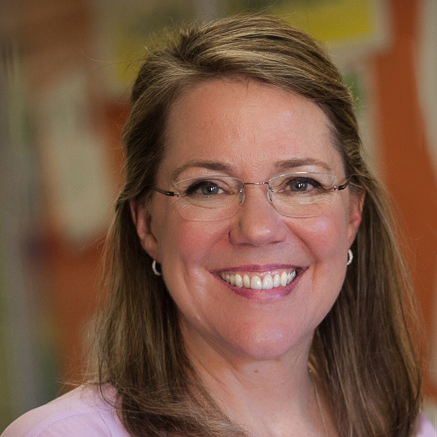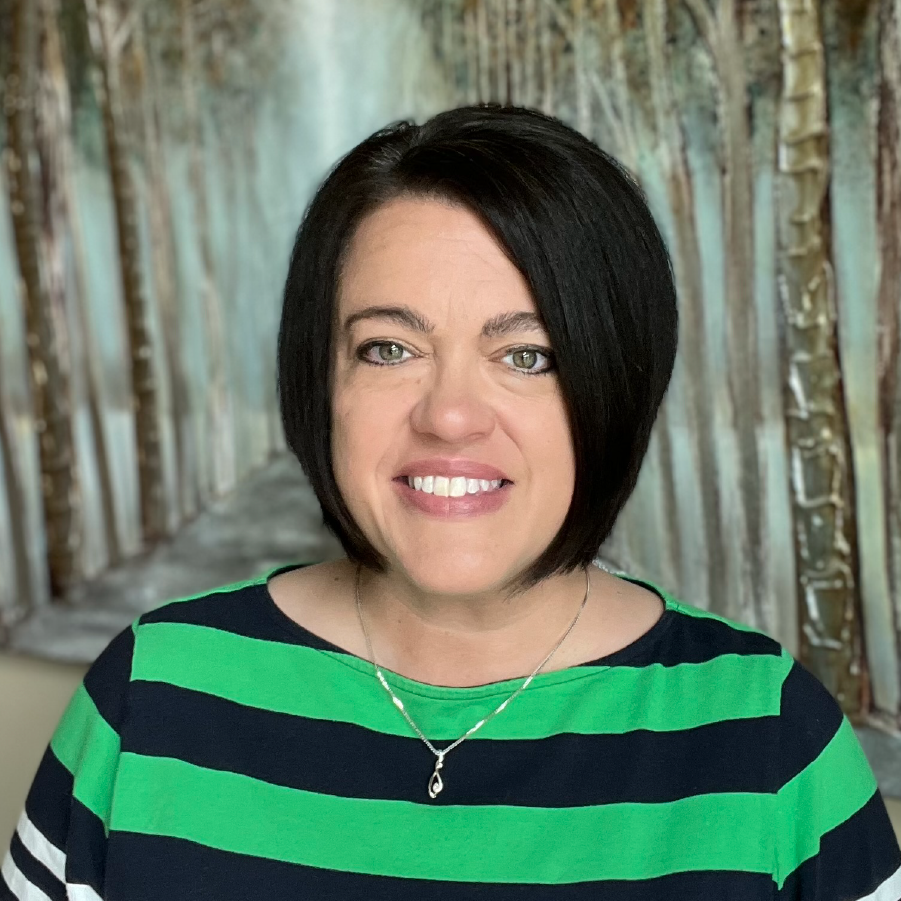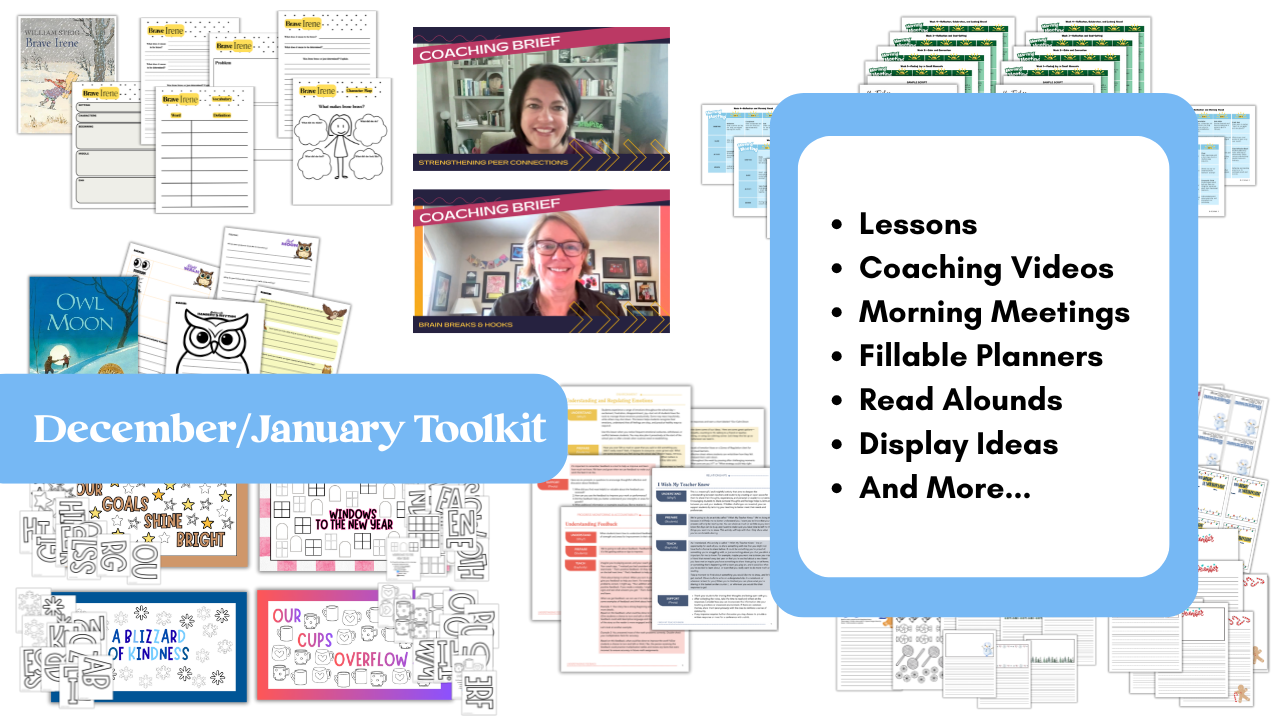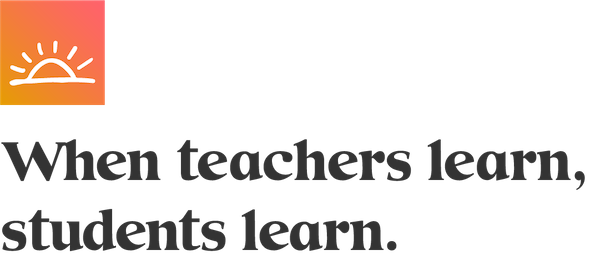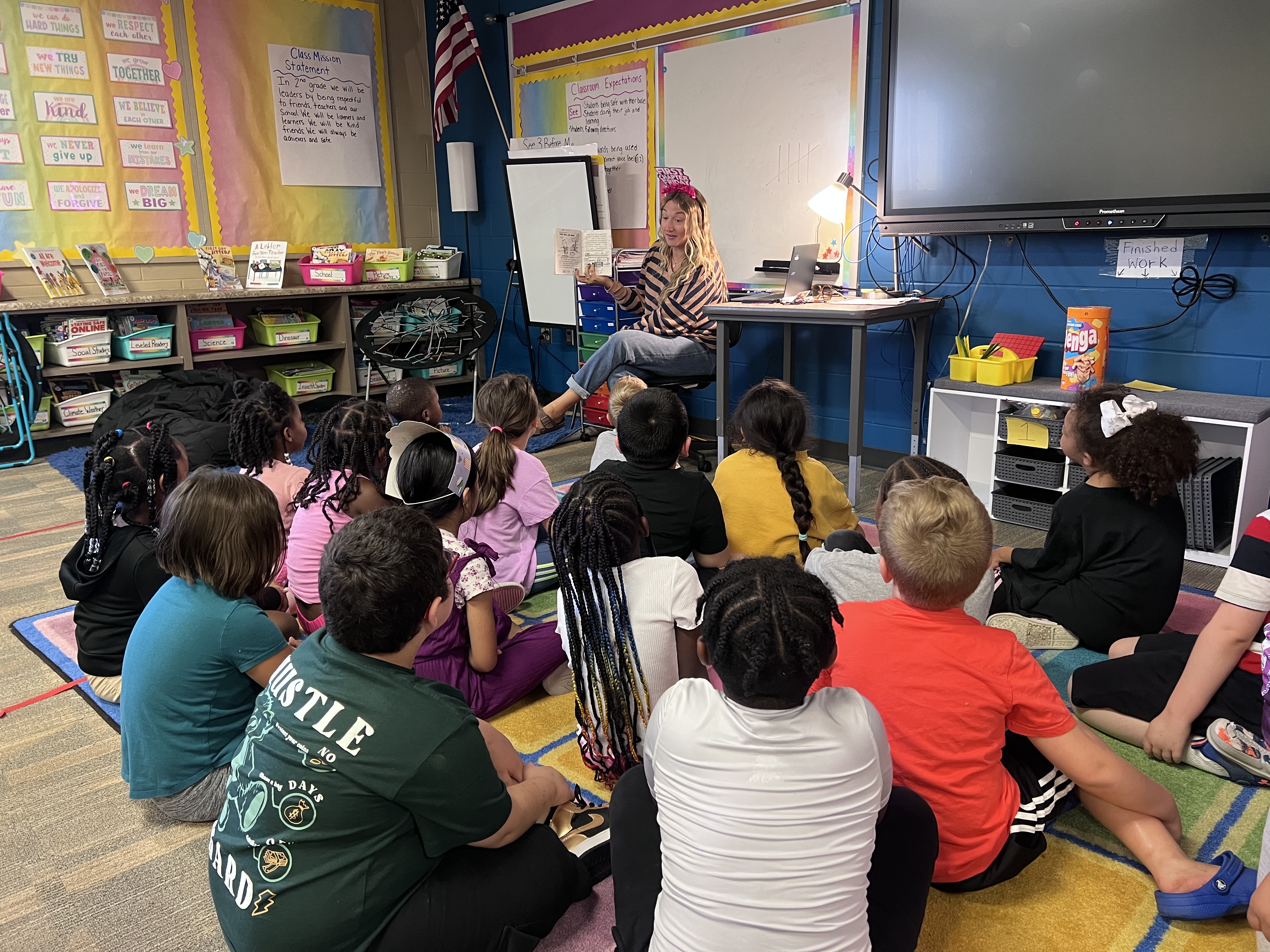
When we think about student success, we often focus on lesson plans, assessments, and instructional strategies. But one of the most powerful influences on learning is something we often feel before we even say a word: the classroom environment.
Environment isn’t just about seating charts or wall décor (though those do play a role). It’s the full experience—physical, visual, and emotional—that shapes how students feel and how well they learn. According to John Hattie’s research, the emotional climate of a classroom—things like teacher-student relationships and peer interactions—has a major impact on achievement. In fact, teacher-student relationships alone carry an impressive effect size of 0.72, placing them well above the “hinge point” of 0.40 that signals significant impact. Simply put: how students feel in the classroom matters just as much as what they’re being taught.
Let’s break it down. The physical environment includes how your space is arranged—can students move freely? Are materials accessible? Is the room clean, calm, and welcoming? While the physical space doesn’t get a single “effect size” number in Hattie’s research, components like environmental structuring (0.55) and classroom cohesion (0.53) show how a well-organized, positive space supports student learning and behavior. The visual environment includes the anchor charts, strategy posters, and concept maps that guide learning and reduce cognitive overload. Tools like concept mappinghave an effect size of 0.64, highlighting the value of intentional visual supports.
And then there’s the emotional environment—the most important layer. This is where trust, belonging, and respect live. It’s the tone of your room, the way students treat each other, and the feeling students get when they walk through the door. Hattie’s research confirms that school climate (0.43), peer influences (0.53), and teacher expectations (0.43) all have real, measurable impacts on student outcomes.
Creating a positive classroom environment isn’t a one-time setup in August. It’s something we build and maintain all year long. Whether it’s refreshing a bulletin board to reflect current learning, rearranging desks to foster collaboration, or taking time to reconnect with a student who’s having a tough week—these small decisions add up. The environment we create sends a message to students: You belong here. You matter here. This is a place where you can learn, grow, and be yourself.

